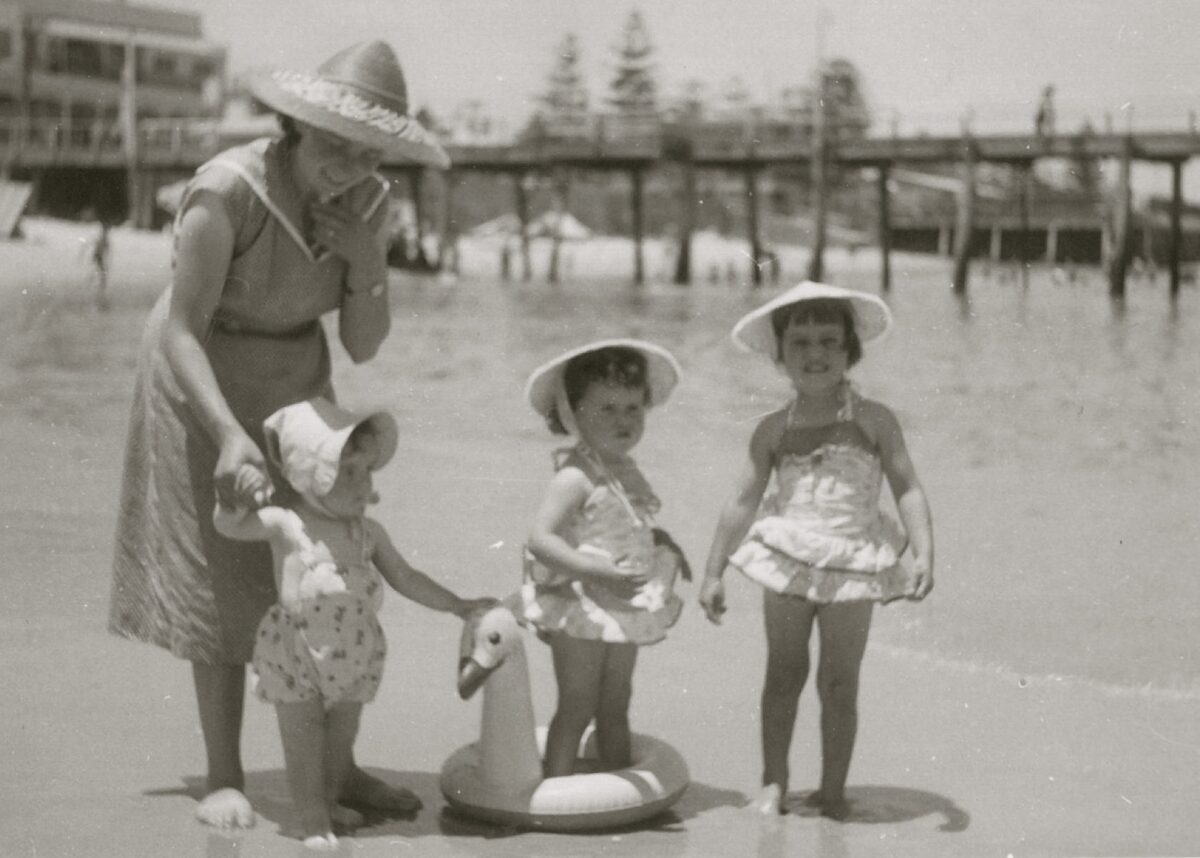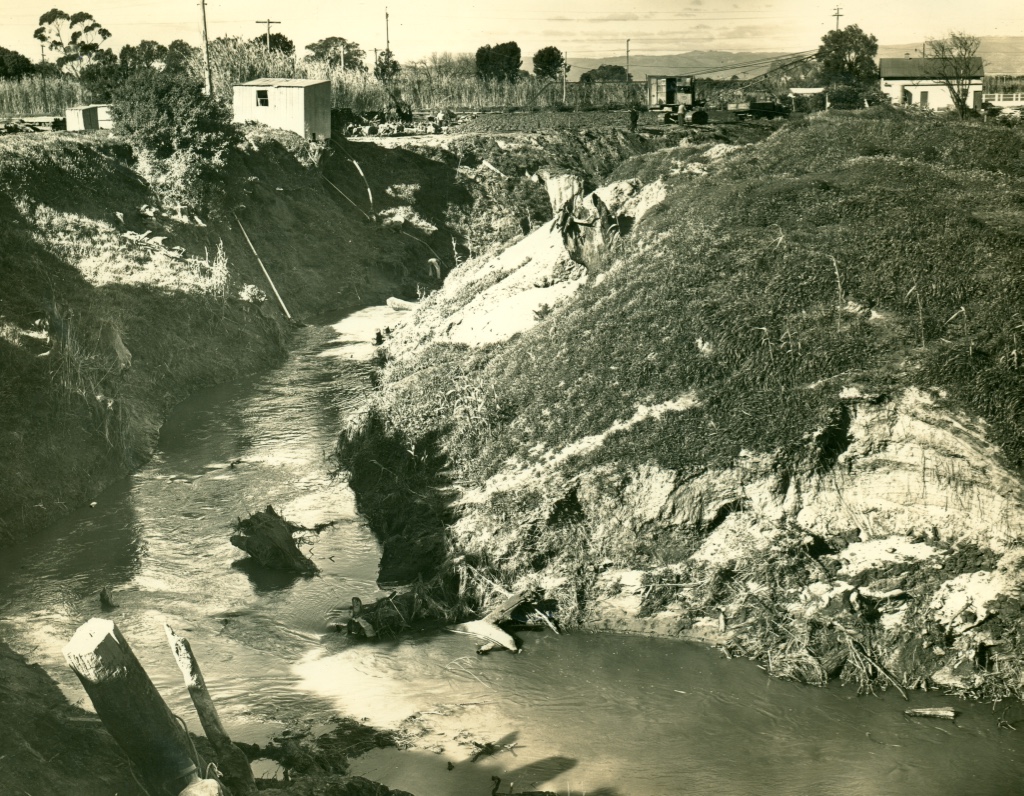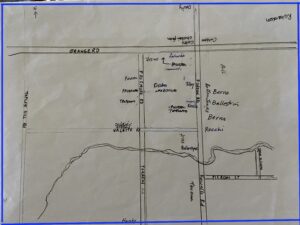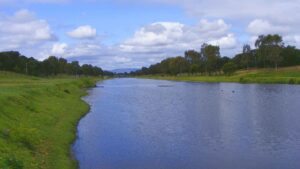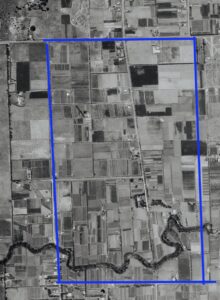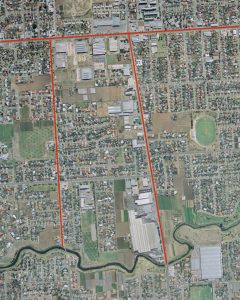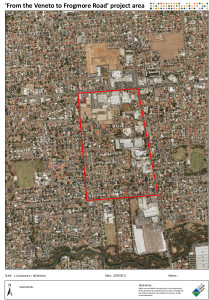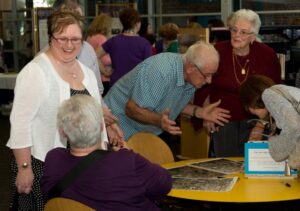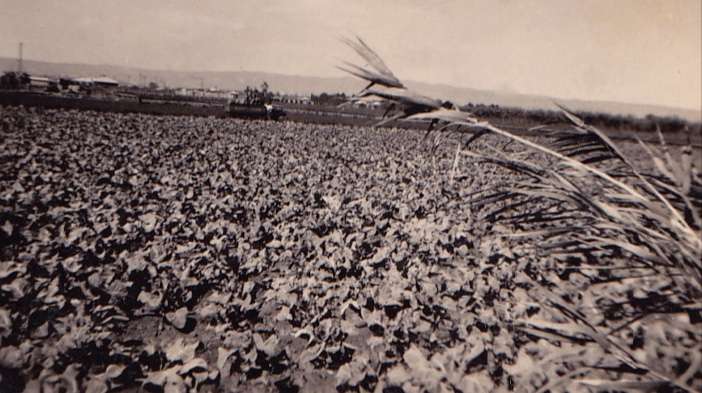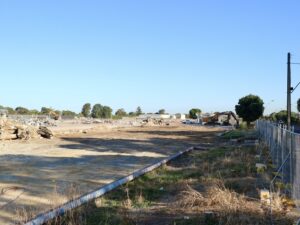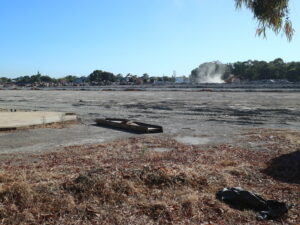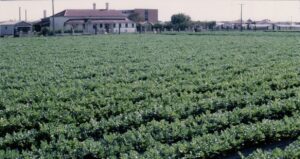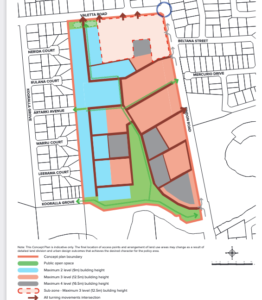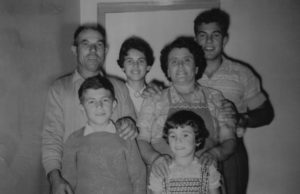 Last week in Adelaide we had a heatwave with some extremely hot days – and warm nights – before a cool change brought relief. We even had some rain – the first good amount for several months. The weather made me think of the Veneto market gardeners who were establishing their market gardens in the area they called Lockleys between the wars.
Last week in Adelaide we had a heatwave with some extremely hot days – and warm nights – before a cool change brought relief. We even had some rain – the first good amount for several months. The weather made me think of the Veneto market gardeners who were establishing their market gardens in the area they called Lockleys between the wars.
The sons and daughters who grew up in the 1930s, 1940s and 1950s – and who have been interviewed for the oral history project – recalled the challenges of the hot weather. They remembered the need for their parents to start work in the market gardens even earlier when days were hot. They recalled the heat of houses which were often corrugated iron structures in the early days without the comfort of air conditioning. Some remembered going to the beach with other Veneto families.
It’s interesting to discover what people did to get some respite from the heat. The following excerpts from interviews provide insight into how the Veneto families managed the Adelaide summers. It was fortunate that the market gardeners lived about 4.5 kilometres from the beach which meant that it was an easy trip. They had a favourite place for the Veneto group to congregate.
Keeping cool on the market gardens
Johnny Marchioro spoke about the unusual way that his parents kept cool on hot days on their market garden on Frogmore Road in the 1940s:
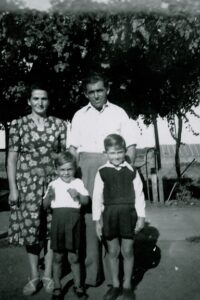
Dad had a bore and a well that when it was real hot they used to go and cool down in this well … we had bore water for the glasshouses. The well was about a four-foot hole about twenty foot deep and it was padded up with timber that went down there … I don’t know how they got that done back in the ‘30s.
Johnny Marchioro, OH 872/1, p 23.
Taking the children
Anna Santin nee Mattiazzo worked with her husband, Vito and his brothers, Lui and Romildo and their wives Rosina and Clara on their market garden on Frogmore Road. Anna spoke about taking her son, Dean and nieces and nephews to the beach at Henley or Grange:
We used to take the kids there – there was no air-conditioning in the house those days – we used to take the children when it was really hot, for the kids to … they used to enjoy the beach. We used to go under the jetty.
Anna Santin, OH 872/24, 3 April 2013, p 27.
Remembering the beach

Frankie Ballestrin remembers summer days at the beach as a child and spending the days under the jetty.
And in the summer – Dad used to grow tomatoes, and around the Christmas time when it was too hot and we were on school holidays – we used to be down the beach all the time, every day, under the jetty there. And all the group round here, cousins and aunties and uncles and friends, the whole mob of us used to go down the beach and pass the day away that way, because it was very hot in those years and no air-conditioning and, you know, all in tin shacks; I mean there was no insulation, no nothing, and like an oven.
Frankie Ballestrin OH 8727, 12 December 2008, p 34.
Families meeting at Henley Beach
Dino Piovesan also had memories of being a child and spending time at Henley Beach with his family and other Veneto families:
Henley Beach, and that’s where Mum liked to go, because in the very hot weather Dad would drive us down in the Bedford truck, and Mum would simply sit under the jetty, and we kids would do our thing as much as we could in the sand and the surf … Dad would pick us up later in the day, the later the better on the very hot days, and I can remember Mum saying, Stay under the jetty, stay under the jetty away from the sun or you’ll get sunburn. Many a time I can remember, oh, getting severely sunburnt and suffering for it … usually there were three or four families that met there on the very hot days
Dino Piovesan OH 872/17, 23 September, 2011, p 12

Spending the whole day …
Assunta remembers the way the whole Tonellato family would go to Henley Beach:
We used to go, when I was little I remember every summer, because it was school holidays, we’d go down the beach, Henley Beach, it was in those days, and Mum would pack a roast chicken and we’d all sit under the jetty. And this is like when I was a teenager and was still going to school, and we’d spend the whole day at the beach because in those days we didn’t have air-conditioning, and my Uncle and the boys, they’d work in the garden and then at night they’d come down to the beach –

And we’d all sit with a blanket eating our roast chickens, and a whole lot of the families would meet under this jetty because that’s where all the ladies would go with their children when it was hot, you know. And then the men, when they’d finished work, would just come there and, you know, at night and have their supper, and I remember that Henley Beach was, under the jetty, was all Italians in those days.
Assunta Giovannini nee Tonellato, OH 872/6, 15 July 2010, p 13,14.
Seeing the beach for the first time
Johnny Tormena was 12 years old when he and his parents and sister arrived in Adelaide in 1939. The family lived in the city and had a large group of relatives including the Rebuli family who were market gardeners on Frogmore Road. In his interview Johnny reminisced about his excitement of actually seeing the beach with his relatives:

Now that was another luxury that I thought was fantastic that I had never seen the sea until — I can’t even remember seeing the sea in a book. I knew that Venice was all in the sea but I had never had seen I could only imagine it, I always thought the sea would have an end to it, you know — And to live here and knowing that we were on the coast and people used to go to the beach every weekend and all of that, to me, was luxury plus. And we used to have a pushbike that we would go down on…, a group of us from the city.
Johnny Tormena, OH 872/18, 25 May 2012, p 22
The weather is looking much cooler in Adelaide for the week ahead, and the fierce heat of last week is almost forgotten …
Madeleine Regan
26 February 2023
